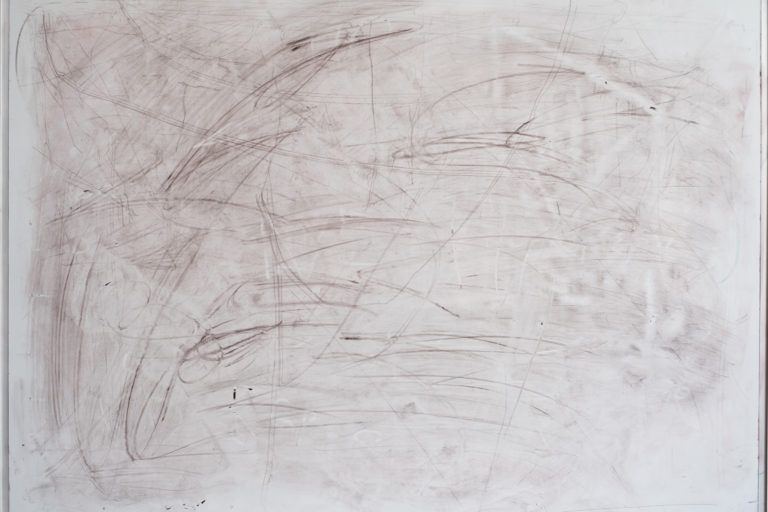
Quick Tips
There are moments in life when you take a good, long look at yourself. Perhaps it’s catching your reflection in a store window after an unfortunate haircut. Or realizing you’ve been wearing the same socks for three days. For me, it was the day I noticed my dry erase board was less “dry erase” and more “permanent record of bad decisions.” I tried to ignore it. Surely, the smudged remnants of my grocery list and a doodle of a cat I don’t recall drawing would fade with time. But no. They clung there, a monument to my neglect.
How to Clean a Dry Erase Board: 6 Steps to Pretending You’re Organized
1. Confront the Filth with False Confidence
You’ll want to start by pretending this isn’t your fault. Perhaps a mischievous coworker or a spectral visitor wielding an off-brand marker has caused this mess. Once you’ve assigned blame, grab the nearest eraser and make a feeble attempt at wiping it clean. When that fails—and it will—try using a paper towel. Maybe even your sleeve. Nothing? Now you panic.
2. Bring in the Alcohol, the Stronger the Better
At this point, rubbing alcohol becomes your best friend, much like it was in college when you thought drinking it might be a reasonable idea. The National Cleaning Institute suggests using at least 90% isopropyl alcohol, which, coincidentally, is the same proof you wish your decisions had been when you wrote “GUITAR LESSONS?” in Sharpie six months ago. Dab some onto a cloth and rub furiously until the ink loosens. If nothing happens, pretend you’re not sweating and move to step three.
3. Use a Marker to Cover Your Sins
There’s something poetic about solving a problem with the very thing that caused it. Take a dry erase marker and scribble over the stubborn stains. The solvents in the fresh marker reignite the old ink, making it possible to wipe away both at once. The American Office Supply Association swears by this trick, though they likely didn’t anticipate it being used as an act of desperation. Scribble. Wipe. Repeat. Whisper “please” under your breath.
4. If That Fails, It’s Time for Chemical Warfare
If the alcohol and marker trick didn’t work, it’s time to escalate. Acetone, or nail polish remover, is the next logical step. The Whiteboard Manufacturers Association would probably frown upon this, but at this point, we’re beyond official recommendations. Dab a bit onto a cloth and wipe quickly. If left on too long, acetone will strip the board’s finish, leaving you with a surface that’s more “abstract expressionism” than “functional office tool.”
5. Preventative Measures You’ll Definitely Ignore
Now that your board is clean, let’s talk about keeping it that way—which you won’t. You’ll mean to, of course. You’ll tell yourself you’ll wipe it down every week, maybe even invest in a whiteboard conditioner. The Office Supply Maintenance Guild recommends using only high-quality markers, as cheaper ones stain more. But deep down, we both know you’ll grab the nearest marker, scribble a reminder for “laundry??”, and let history repeat itself.
6. Accept That Some Things Never Really Go Away
For now, your board is clean. It gleams, a beacon of productivity and fresh starts. But you know better. The next time you need to jot something down in a hurry, you’ll reach for the wrong marker. Someone will write a passive-aggressive message in red ink, never to be erased. You’ll get busy, distracted, and before you know it, the stains will return. Because some messes in life? They always do.
How Professionals Clean Dry Erase Boards
If you’ve truly given up, if your board is more “historical artifact” than “functional tool,” it may be time for professional intervention. Whiteboard restoration companies exist. They use industrial-grade solvents, resurfacing techniques, and sometimes, just replacing the whole board altogether. The Professional Whiteboard Restoration Society suggests hiring help before your board starts resembling a conspiracy wall from a detective show.
Final Thoughts
So you’ve cleaned your dry erase board. The ghosts of meetings past and hastily scrawled notes are gone. But deep down, you know this won’t last. The mess always comes back. And so, armed with alcohol, acetone, and sheer determination, you prepare yourself for the next inevitable battle. Because a whiteboard is never truly clean—it’s just waiting to be ruined again.